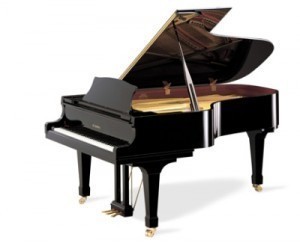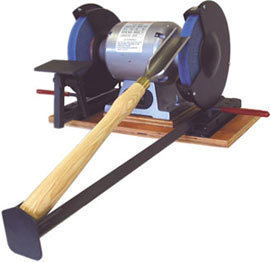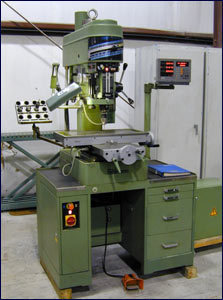Violin Sizes
The violin, colloquially referred to as fiddle, is a string  instrument that is part of the violin family, together with the viola and cello. The violin is a very versatile piece of musical instrument in that it is used in several different genres of music from classical to pop, to folk and even rock and roll.
instrument that is part of the violin family, together with the viola and cello. The violin is a very versatile piece of musical instrument in that it is used in several different genres of music from classical to pop, to folk and even rock and roll.
There are different violin sizes available today, apart from the standard size which is the full-size 4/4 violin. The sizes today include those that are suitable for children – those who want to start early in their music training, some even as young as three years old.
Violin Sizes Today
1/16 Violin – This is the size that was specifically made for extremely young musicians, between 3 to 5 years old. It has an arm length of fourteen inches up to fifteen and 3/8 inches.
1/10 Violin – This size is likewise recommended for young musicians, about three to five years old; but this one has an arm length of about fifteen and 3/8 inches up to seventeen inches.
1/8 Violin – Once again recommended for younger children about four to seven years old; this violin size has an arm’s length of about seventeen inches up to seventeen and on-half inches.
1/2 Violin – Recommended for kids about six to twelve years of age; this has an arm’s length of twenty up to twenty-two inches.
3/4 Violin – This size is suitable for kids nine to eleven years of age. It has an arm length of about twenty-two up to twenty-three and one-half inches.
4/4 Violin – As mentioned, this is the full-size violin. This is the size used by grown musicians but this is also used by kids nine years and over.
Kinds of Violins
Violins can be classified into two categories: by type and by era. Violins come in different types such as acoustic violin and an electric violin.
An acoustic violin is the regular type which has been used for many centuries now. On the other hand, a more modern version of the traditional type is the electric violin. This type has a sharper sound output as compared to the traditional violin.
Based on era, there are three types of violins: the Baroque, classical and modern violin.
The Baroque violin has a shallower neck while the Classical violin has a much thinner neck. Finally, the Modern violin has a sharper-angled neck and the wood material used in manufacturing this is much thinner as compared to the other two types of violins.





